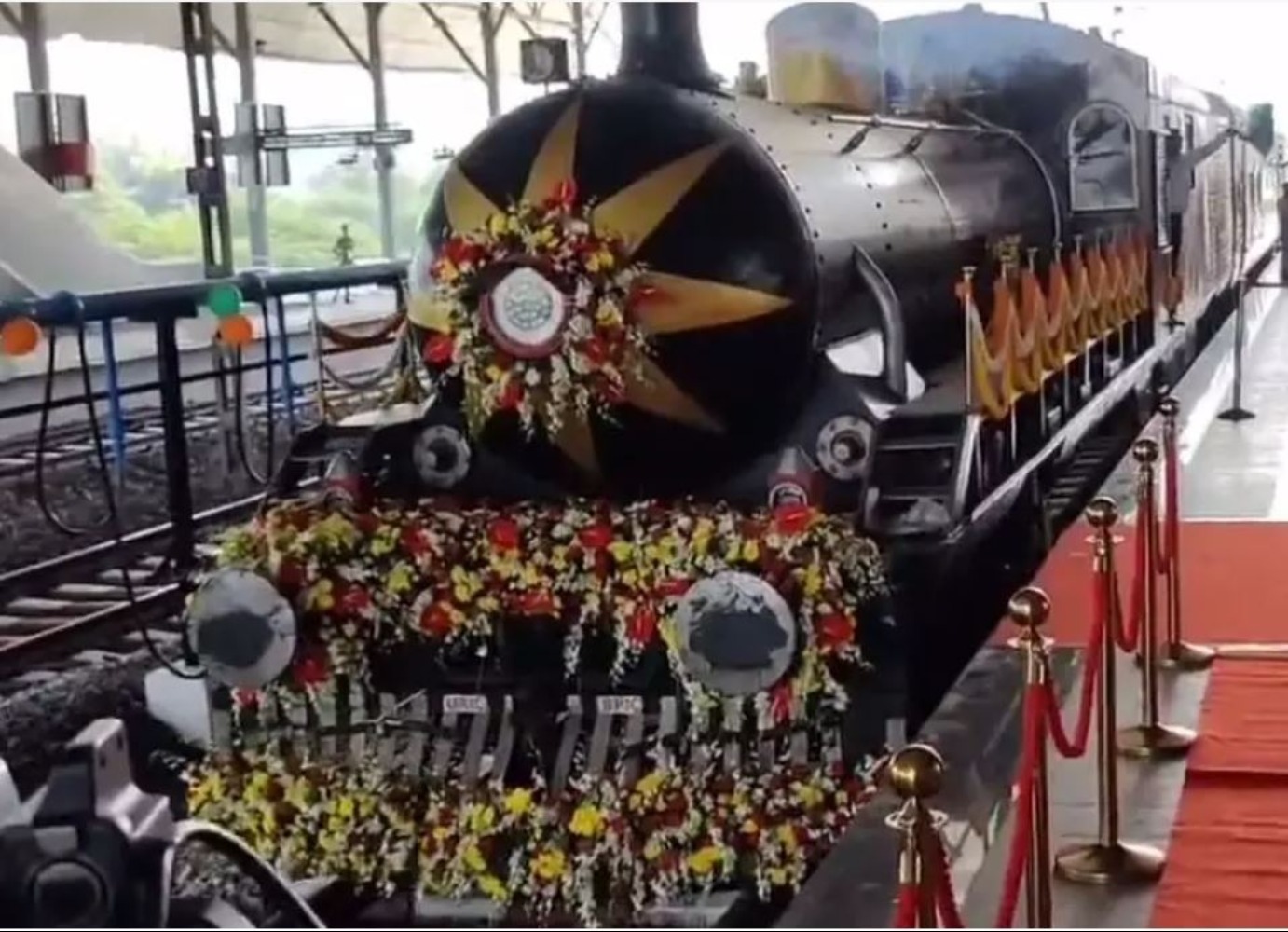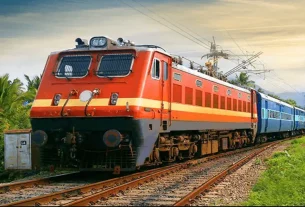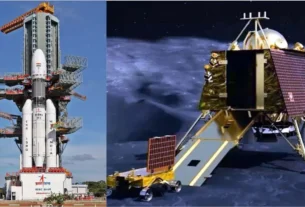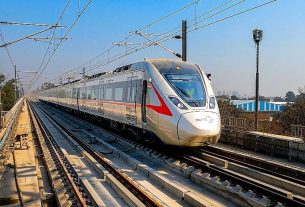India’s first train ride was not merely a journey from one destination to another; it was a voyage into the future, charting a course of progress.
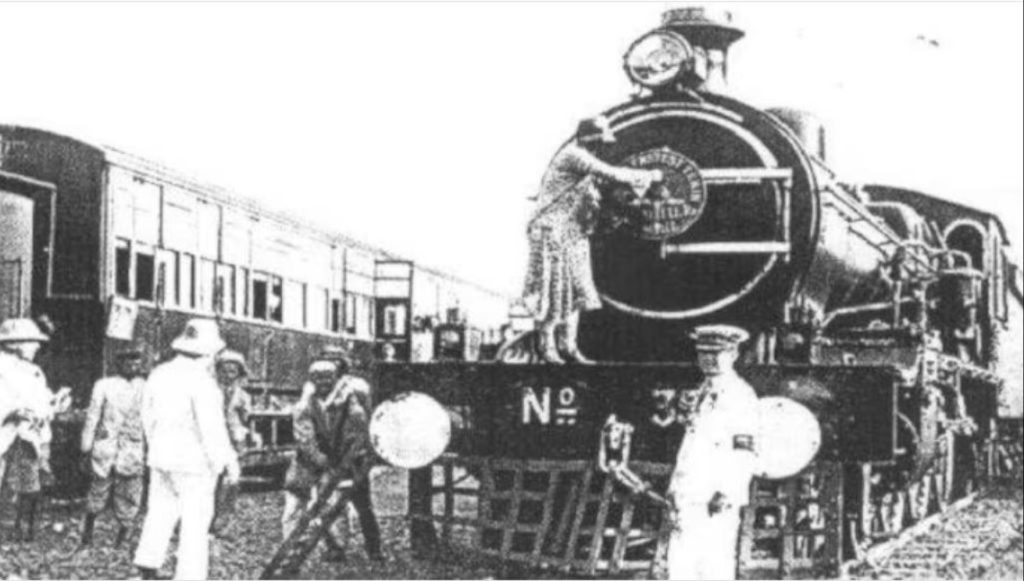
In the annals of history, certain events mark significant milestones, not just in the progression of a nation, but in the evolution of human civilization. To subscribe please click tau.id/2iy6f and access our live channel.
Among these, India’s inaugural train journey on April 16, 1853, stands as a momentous occasion that heralded a new era of transportation, connectivity, and modernization.
READ MORE: Govt Bonds Worth 24000 Crores Auction
The history of Indian Railways dates back to over 160 years ago. On 16th April 1853, the first passenger train ran between Bori Bunder (Bombay) and Thane, a distance of 34 km.
It was operated by three locomotives, named Sahib, Sultan and Sindh, and had thirteen carriages. While carrying people and pulled by a single locomotive; is believed to be first train ride.
Just a couple of years after that first train, the engineers of the Indian Railway took up the colossal task of building a track over Bhore Ghat.
Built at an elevation of 2000 feet, to connect Bombay with Poona, with tunnels and reverse viaducts, the track was finally constructed over a period of nine years and at great human cost.

Fun Facts After 1st Indian Rail
In 1832, the idea of a railway system was proposed in British India but it wasn’t till 1853 that the first train of India actually made a journey.
The first Railway Workshop was established at Jamalpur, near Munger, Bihar, in 1862. It gradually became one of the major industrial unit of India, with iron and steel foundries, rolling mills and more.
In 1864, the north got its first station – the Delhi Junction. The oldest one of the city, it was a major station and junction and remains so till date.
It was first established near Chandni Chowk in 1864 when trains from Howrah/Calcutta started operating up to Delhi. The current building was made operational in 1903.
The first Railway Budget was presented in 1925, which was a reflection of the railway network’s increasing significance to India’s development.
After four decades of importing ready-made British locomotive parts for assembly, in 1895 the first steam locomotive was manufactured completely in India at the Ajmer Workshop.
More About Indian Railways
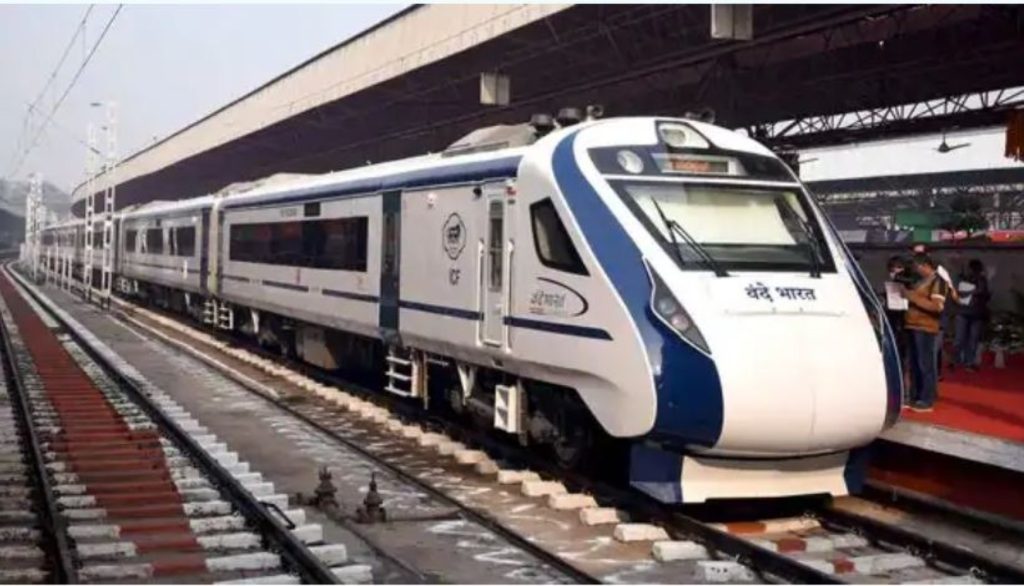
With services provided to millions of passengers every day, it covers more than 1.2 lakh kilometres throughout the nation. A Central Railway (CR) spokesman noted this momentous occasion, “171 years ago, the inaugural train embarked on its journey from Boribunder amidst a 21-gun salute and resounding applause from the thousands gathered at the station.”
With the formation of new lines and businesses all over the nation, Indian Railways saw tremendous growth from the 1850s to the early 20th century. A significant turning point in the Railway Board’s governance occurred with its founding in 1901.
Conclusion
From using three locomotives for a 34-kilometre distance, to operating Vande Bharat trains that can run with speeds up to 160 kmph, the Indian Railways have come a long way. This network carries 2.3 crore passengers per day, and is also the biggest employer of the nation.

